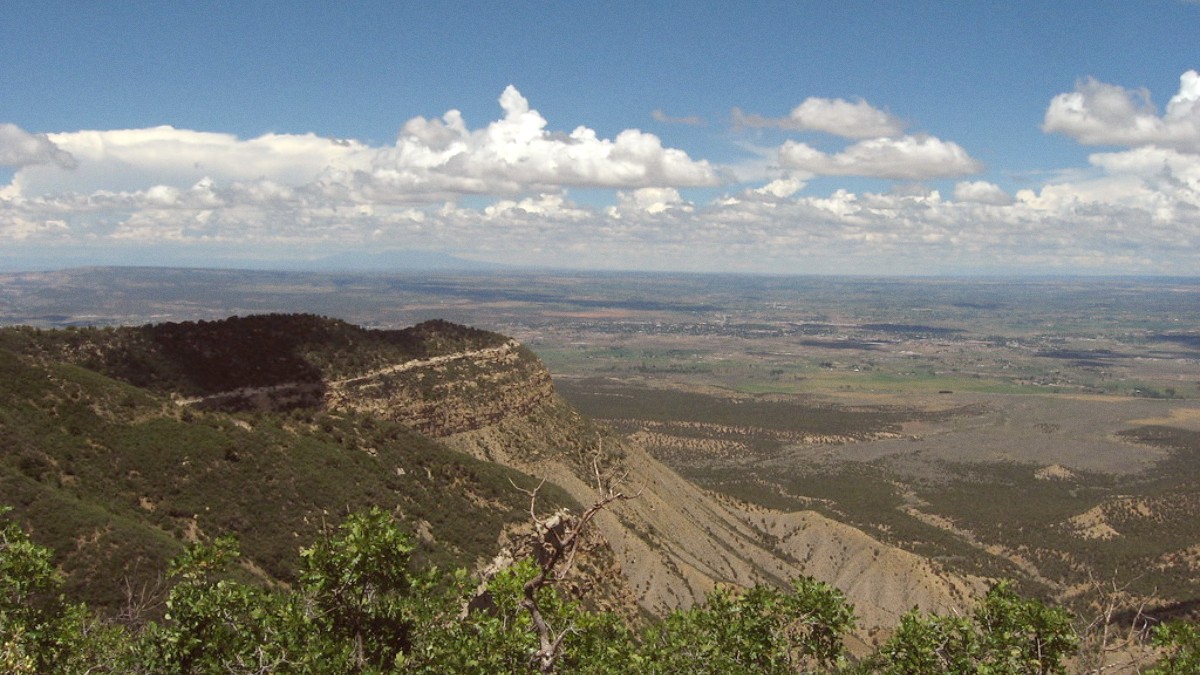
Peninsula De Nicoya, Costa Rica
From December to April, Montezuma gains its dry season. You will find abundant sunshine, lower humidity levels, and minimal rainfall during these months. Temperatures average between 28-32°C (82-90°F). The ocean waters are generally calm and clear, making this period ideal for swimming, snorkeling, and other water activities. Skies are consistently blue, and outdoor exploration is comfortable. This is the period when most visitors arrive, seeking reliable sunny weather for their vacation. The dry conditions also mean hiking trails are less muddy and easier to navigate.
The rainy season, from May to November, brings a different character to Montezuma. Days often begin with sunshine, followed by afternoon or evening showers. These rains can range from brief drizzles to heavy downpours. September and October are typically the wettest months of the year. Temperatures during the rainy season average 26-30°C (79-86°F), and humidity levels are higher. While rain is more frequent, it usually does not last all day.
The rainy season, from May to November, brings a different character to Montezuma. Days often begin with sunshine, followed by afternoon or evening showers. These rains can range from brief drizzles to heavy downpours. September and October are typically the wettest months of the year. Temperatures during the rainy season average 26-30°C (79-86°F), and humidity levels are higher.
While rain is more frequent, it usually does not last all day.
Crowds & Higher Prices
Guaranteed sunshine, optimal water activities.
Higher costs, more tourists.
Balance & Value
Fewer crowds, lower prices.
Increased afternoon rains.
Lush & Quiet
Lowest prices, very few tourists.
Highest rainfall, some business reductions.
For beach and water activities like swimming, snorkeling, and diving, the dry season (December-April) presents the calmest waters and best visibility. Hiking and wildlife viewing are comfortable in the dry season due to easier trail conditions.
Surfing conditions consistently occur year-round. Larger swells, however, frequently happen during the rainy season (May-November), providing more challenging waves. For visiting the Montezuma Waterfalls, the rainy season (May-November) presents the most impressive water flow, though the rocks can be slippery.
Dry Season (Dec-Apr) for calm waters.
Dry Season for ease, Rainy for lushness.
Rainy Season (May-Nov) for bigger swells.
Rainy Season (May-Nov) for full flow.
Shoulder/Low Season for lower costs.
For many nationalities, the process is straightforward, but preparation presents a smooth arrival.
Most visitors, including citizens of the United States, Canada, European Union countries, Australia, and New Zealand, do not require a visa for tourist stays. These visitors typically receive a 90-day tourist stamp upon arrival. Your passport is a main document for entry. It must present validity for at least six months beyond your planned date of entry into Costa Rica.
Upon arrival at a Costa Rican airport or border crossing, you will proceed through immigration. There is no specific entry fee for tourists from most countries. The immigration officer will review your passport and onward ticket. They will then stamp your passport with the entry date and the allowed duration of your stay. You must adhere to this period.
Montezuma offers basic healthcare services. A small local clinic (EBAIS) provides care for minor illnesses or injuries. For serious medical emergencies, patients may need transport to larger hospitals in Puntarenas or San Jose. Private clinics and hospitals in major cities present higher standards of care and often have English-speaking staff.
The official currency of Costa Rica is the Colón (CRC). While US dollars are widely accepted in tourist areas, especially for larger purchases, obtaining change often results in Colones.
| Category | Item | Price Range (USD) |
|---|---|---|
| Accommodations | Hostel Dorm | $15 - $30 |
| Meals | "Soda" Meal | $5 - $10 |
| Transportation | Local Bus (within area) | $1 - $2 |